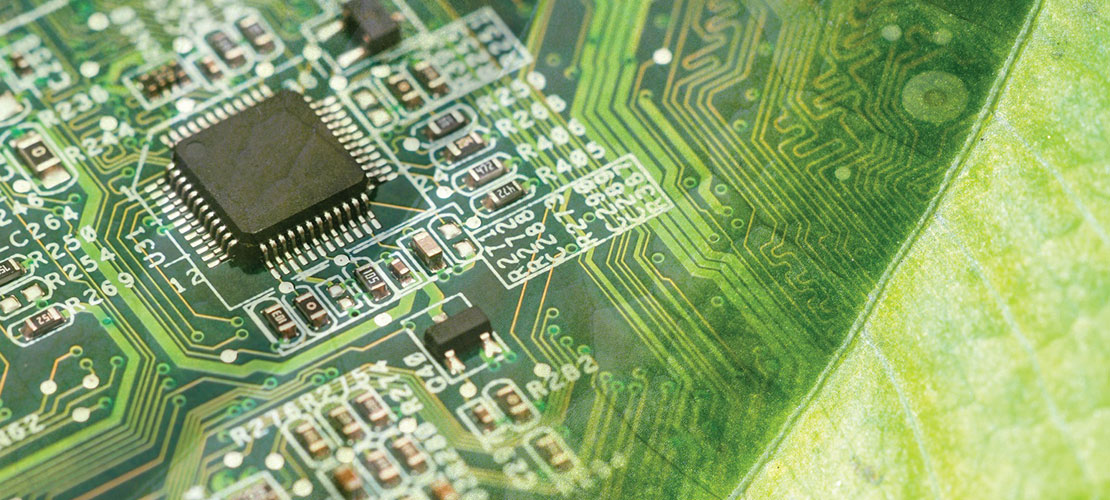'Artificial leaf' produces fuel through photosynthesis
10/03/2020

This new device works by using two light absorbers made of perovskite (used in solar panels), and a cobalt catalyst. When these are immersed in water, one side produces oxygen, while the other side reduces carbon dioxide and water to create carbon monoxide and hydrogen. These last two gases are then combined to create syngas.
While syngas can be burnt to produce electricity, it’s considered to be an intermediate step in the manufacture of products, such as plastics and fuels like diesel. That said, this is not the first ‘artificial leaf’. Harvard University in the US have produced similar technology and there are a raft of other examples out there, which claim to create fuels from solar energy.
There are still many issues, particularly with regard to the low conversion efficiencies (the Cambridge leaf, for example, produce hydrogen at an efficiency of 0.06% and carbon monoxide at 0.02%).
In the future, the Cambridge team plan to skip the syngas stage completely and make the liquid fuel in one step from carbon dioxide and water. Their goal is to create a more efficient and sustainable energy solution.
SOURCE: University of Cambridge, 21 October 2019.